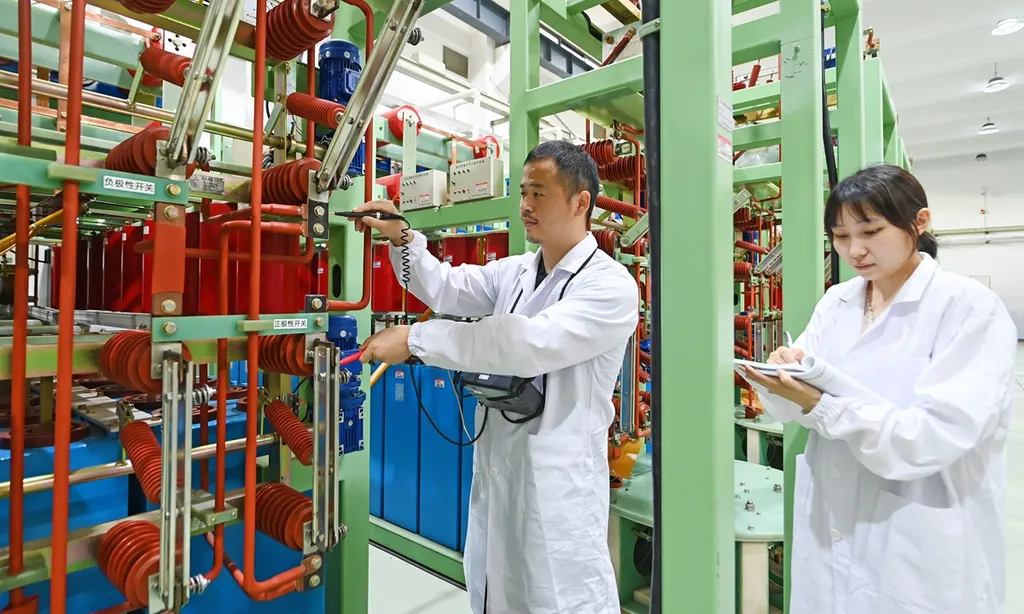In the world of maritime engineering, vibration control is a big deal. It’s all about keeping ship equipment running smoothly and efficiently, and a recent study might just shake things up. Led by Zhangbing Dong from the School of Naval Architecture, Ocean and Energy Power Engineering at Wuhan University of Technology, the research introduces a novel integrated adjustable magnetic constant-force quasi-zero-stiffness (QZS) structure. Now, that’s a mouthful, but let’s break it down.
Imagine a structure that can handle heavy loads but also isolate low-frequency vibrations, like those from ship power equipment. That’s the magic of QZS systems. They’re like the Goldilocks of vibration control—not too stiff, not too soft, but just right. Traditional QZS structures, however, can be complex and have non-adjustable forces. That’s where Dong’s team comes in.
They’ve designed a new structure that incorporates magnetic constant-force properties, achieving QZS behavior over an impressive stroke range. “The magnetic constant-force magnitude can be adjusted within a range of ±683.19 N by simply rotating the outer permanent magnet,” Dong explains. That’s a significant adjustment range, making this structure highly versatile.
The team used ANSYS Maxwell 2024 software to simulate the magnetic field distribution and analyze force characteristics. They also employed a parametric scanning method to optimize geometric parameters, ensuring excellent force uniformity. The results speak for themselves: the structure maintains a stable magnetic constant-force output over a 40 mm stroke range, with a relative force standard deviation of only 4.34%.
So, what does this mean for the maritime industry? Well, vibration isolation is crucial for the longevity and efficiency of ship power equipment. This new structure could potentially reduce maintenance costs, improve equipment lifespan, and enhance overall performance. It’s a game-changer in the world of vibration control, offering a practical solution to long-standing challenges.
However, as with any new technology, there are hurdles to overcome. Dong acknowledges that “when applying it to practical marine engineering, challenges such as structural complexity, environmental durability, installation space constraints, and cost-effectiveness need to be addressed.” But with further research and development, these challenges can be tackled.
The study, published in the Chinese Journal of Ship Research (Zhongguo Jianchuan Yanjiu), opens up exciting opportunities for the maritime sector. It’s a step towards more efficient, cost-effective, and durable vibration isolation solutions. As the industry continues to evolve, innovations like this will be key to staying ahead of the curve.
In the meantime, maritime professionals can keep an eye on this development. It’s not just about understanding the science; it’s about seeing the potential and seizing the opportunities that come with it. After all, in the ever-changing world of maritime engineering, innovation is the name of the game.

